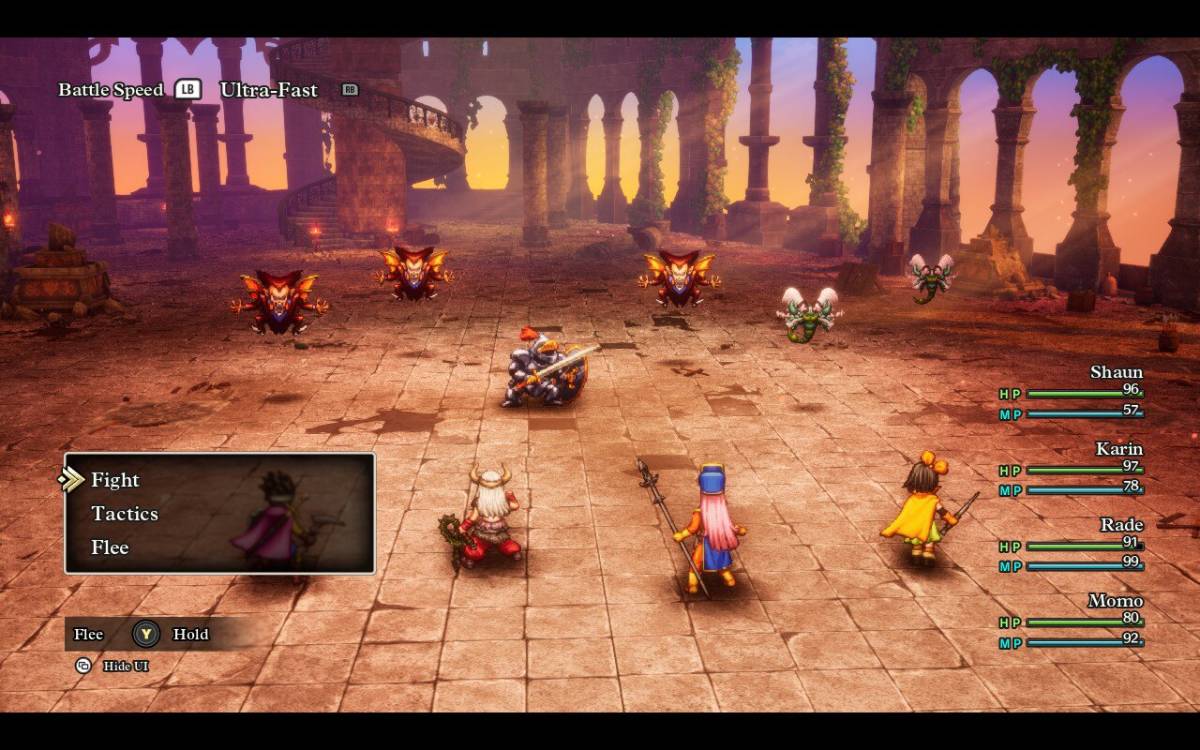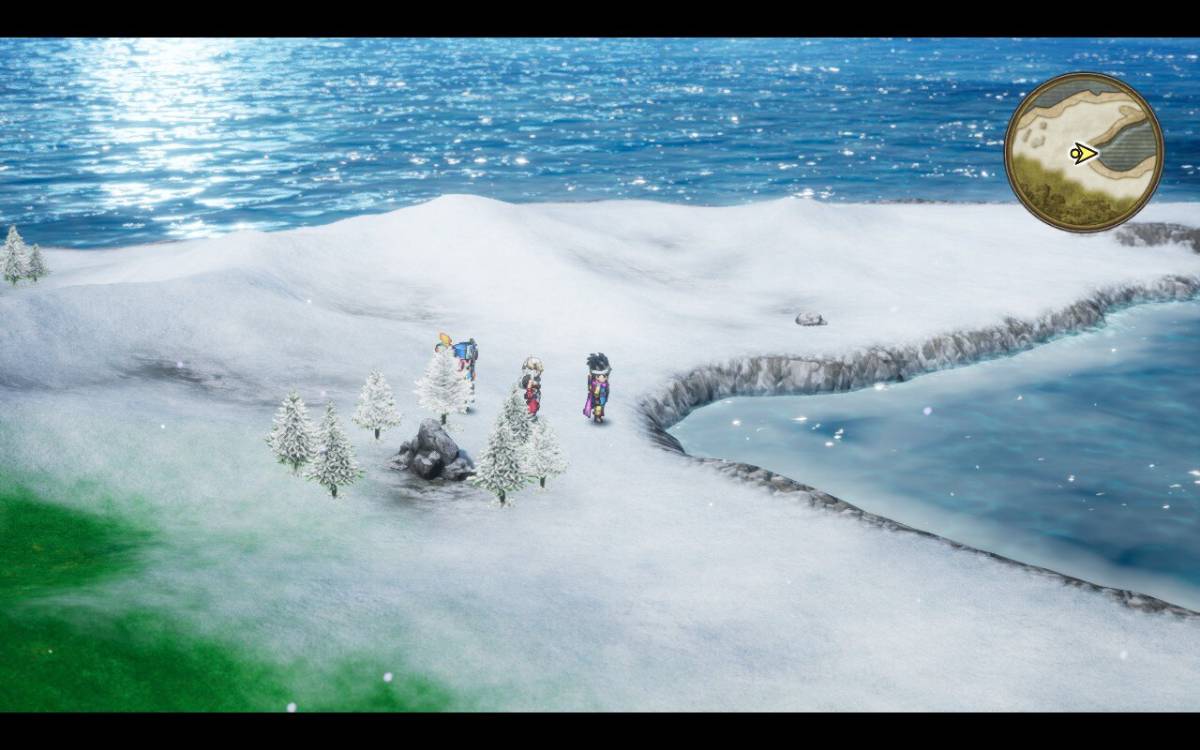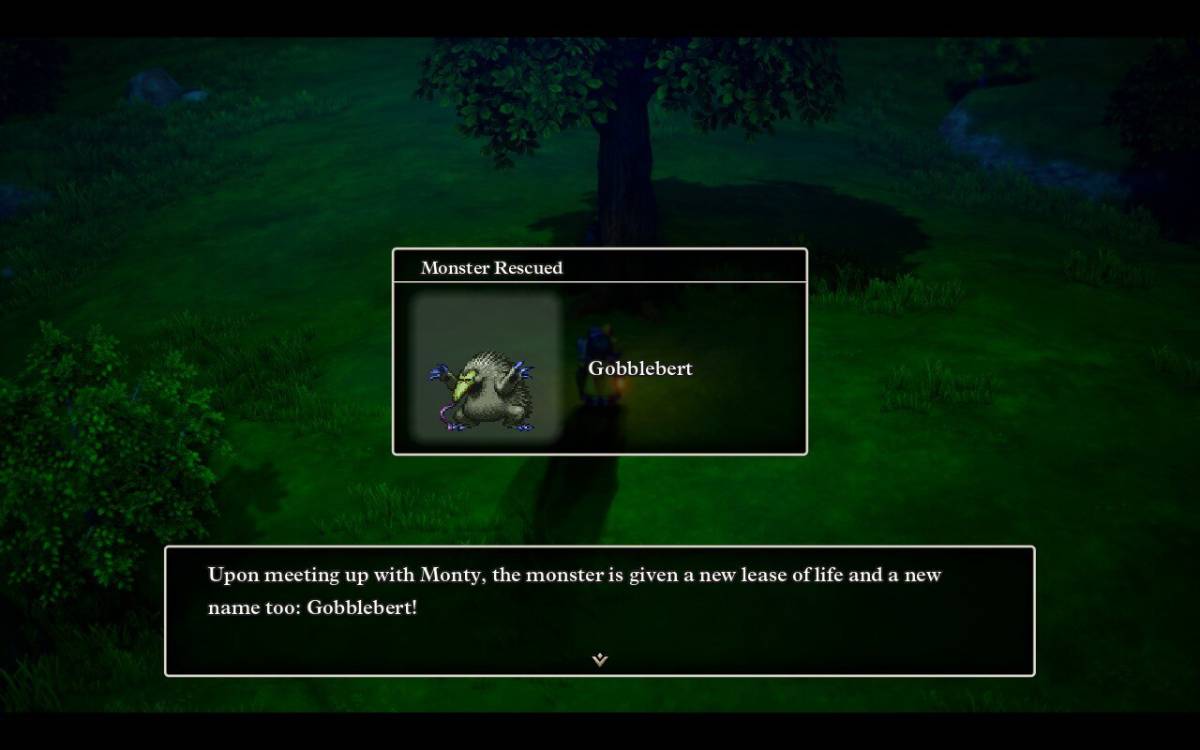Trying to update a decades-old game is never an easy task, and it’s an even bigger challenge when the game in question is a cherished classic. While Dragon Quest was already a popular series in Japan, it’s the third game that really kicked it into the cultural icon status it still enjoys in its home country to this day. As a result of that, Dragon Quest III is no stranger to remakes. That itself presents a further hurdle for Dragon Quest III HD-2D Remake. How do you stay faithful to the spirit of the original while also making enough changes to ensure this isn’t just another remake? Based on my time with the first several hours of the PC version of the game, Square Enix might have managed to gracefully thread that needle.
The most obvious change here comes from the presentation. Just as the title says, Dragon Quest III HD-2D Remake uses the HD-2D style that debuted in Octopath Traveler and has shown up in a few other titles since then. For a series that tends to root itself firmly in its own traditions, I can’t think of a better way to update the look of the sprite-based entries. Even the simplest of areas look fantastic, and the game takes advantage of this refresh to add significantly more complexity and detail to most locations. Castles truly feel large and ornate, towns more lively and vibrant, and caves more claustrophobic and mysterious. It’s an incredible transformation.

Battles don’t benefit from this facelift to quite the same extent, but the more complex backdrops and impressive lighting effects are a welcome update. Monsters are more animated than ever, and I particularly enjoyed the new death animations. Adhering to tradition, most of the action in the battles is viewed from a first-person point of view. Your own party members are only visible between rounds. With the sprites as detailed as they are, even going so far as to show what kind of weapon they have equipped, it’s a bit of shame we don’t get to see them in action during fights.
Having been around the Dragon Quest III block more than a few times in my life, I was eager to see what might be new in this remake. As you might expect, the newly-expanded areas have a lot of space to fill. Inside of towns and dungeons, that generally translates to more fully-realized spaces visually, with a few more pots and barrels to check for loot strewn about. Overall layouts have remained similar to the originals thus far, and I would be surprised if that changed later in the game. You can now run by holding down a button, which helps you traverse these larger areas at a good pace.

The overworld map, on the other hand, has a lot more to see. With everything being a lot bigger, incentives to explore off the beaten path are more important than ever. So far, those come in two forms. Sparkling spots are hard to miss, and they can be searched to find caches of items and gear. They’re virtually impossible to miss, especially at night, but trying to reach them will sometimes require a little hike. Slightly harder to spot are Secret Spots. Certain features of the landscape might look out of place, and if your hunch is right you might find a small location with some valuable treasures, informative NPCs, and more.
Another new element comes in form of the new vocation, the Monster Wrangler. I benched my usual Fighter in favor of bringing one of these along with me. It’s an interesting character type. A fairly strong attacker, and suitable for backing up your Hero in that regard. The Monster Wrangler has its own set of abilities derived from monsters, and it gains new ones as you get to know more monsters. Befriending monsters is a big part of increasing the power of this class, but it doesn’t work in the same way it did in previous games. Instead of recruiting them via battles, you’ll find friendly monsters in specific locations around the world. Sometimes you need only approach them, but at other times you’ll need to lure them or sneak up on them.

Once you find a friendly monster, it will automatically head to the Monster Arena. In previous versions of Dragon Quest III, the Monster Arena was a place where you could wager gold on monster battles. In Dragon Quest III HD-2D Remake, you have a more direct role. You compose a team from the friendly monsters you’ve found, then coach them in multi-round tournaments. If you win, you’ll earn money and prizes. At the point in the game I’ve played so far, only a couple of tournaments are available. With monster collecting tied so strongly with empowering the Monster Wrangler, it seems likely the Monster Arenas will ultimately play a far larger role than they did in the past.
Just in the first several hours of the game alone, Dragon Quest III HD-2D Remake is impressive. It appears that veterans will have lots of new things to enjoy, while newcomers get to experience this classic with a fantastic new lick of paint and plenty of added quality of life features. If the rest of the game is as good as what I’ve played so far, JRPG fans are in for a real treat.
Dragon Quest III HD-2D Remake will be released on PCs via Steam, Nintendo Switch, PlayStation 5, and Microsoft Xbox Series X/S on November 14th, 2024.


Published: Oct 31, 2024 06:01 pm